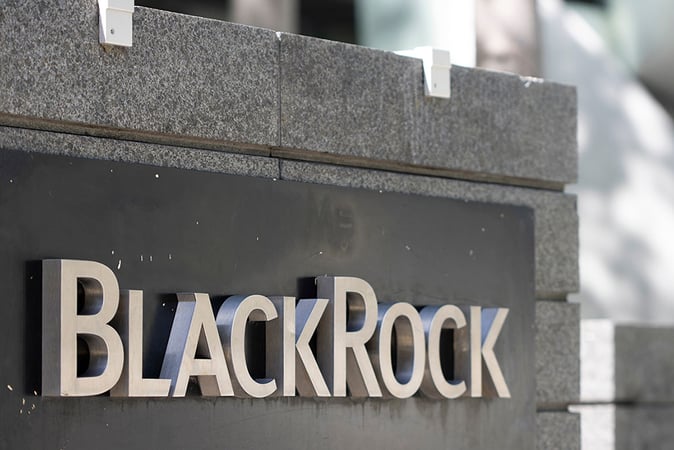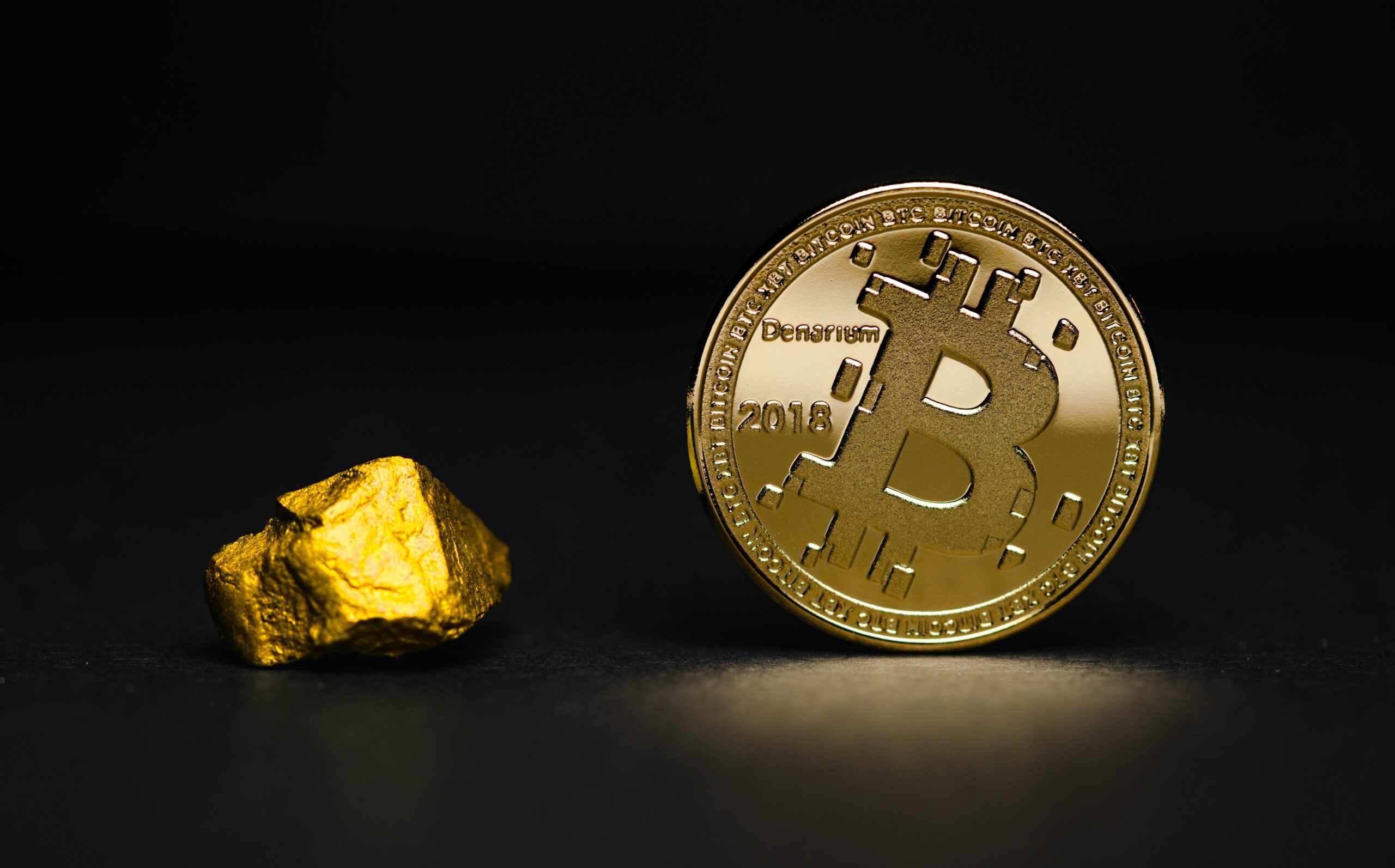Key Notes
- Google Cloud recently announced that it is rolling out Google Cloud Universal Ledger, its L1 blockchain.
- This protocol is designed for the financial sector and is now in its pilot testing phase.
- The focus for the GCUL pilot phase will be tokenization and wholesale payments.
Google Cloud has announced the launch of its Layer-1 blockchain dubbed Google Cloud Universal Ledger (GCUL). This protocol is designed to facilitate easy digital payment processes for financial institutions and enterprises. For now, the project is in the private testnet, but it will be made available to the public in the coming months.
Google’s GCUL Utilizes Python for Smart Contracts
On Aug. 26, Google Cloud’s Web3 Head of Strategy, Rich Widmann, announced that the firm is currently working on its blockchain network. This L1 has entered the private testnet phase, with its first pilot project involving the Chicago Mercantile Exchange (CME Group).
As recorded lately, more institutions are exploring faster and more transparent financial settlement systems. During the pilot phase of the GCUL, there will be a focus on two areas that have gained traction at this time: tokenization and wholesale payments.
According to his post on LinkedIn, GCUL was conceived from a desire to provide financial institutions with a “performant, credibly neutral” blockchain platform, particularly one that enables Python-based smart contracts. While other majority blockchain ecosystems rely on Solidity or Rust, Google chose to integrate Python.
This move is a reflection of its attempt to make development more accessible to enterprise engineers who have proficiency in widely used programming languages. Ultimately, it could play a significant role in lowering the barrier to entry for TradFi institutions exploring on-chain deployment.
Widmann described GCUL as a neutral infrastructure layer, while noting that this is “besides bringing to bear Google’s distribution.”
Based on its design, this L1 blockchain is nothing like any existing network. For more context into its functionality, he explained that “Tether won’t use Circle’s blockchain, and Adyen probably won’t use Stripe’s blockchain. But any financial institution can build with GCUL.”
In a space where most Traditional Finance (TradFi) institutions are exploring ways to get into crypto, Google Cloud has taken a more direct step towards the blockchain infrastructure sector. More recently, firms on Wall Street have made major moves towards building their corporate treasuries with cryptocurrencies.
Institutional Adoption of Crypto Is the Trend
In July, Nasdaq-listed Upexi Inc. announced a $500 million equity line agreement with A.G.P./Alliance Global Partners, aiming to raise capital to expand its Solana treasury strategy. This arrangement allows the firm to issue shares at its discretion, although it remains subject to certain restrictions and closing conditions.
The proceeds are for general corporate purposes and for furthering the company’s Solana
SOL
$204.7
24h volatility:
9.3%
Market cap:
$110.65 B
Vol. 24h:
$9.46 B
treasury strategy. Also, BitMine Immersion Technologies (BMNR) has consolidated its position as the world’s largest Ethereum
ETH
$4 600
24h volatility:
4.2%
Market cap:
$554.92 B
Vol. 24h:
$38.84 B
treasury after it announced its crypto holdings of $6.612 billion.
In August, the State of Michigan Retirement System tripled its stake in the ARK 21Shares Bitcoin ETF (ARKB) in Q2, boosting holdings from 100,000 to 300,000 shares. This move highlights the growing institutional demand for Bitcoin
BTC
$111 249
24h volatility:
1.5%
Market cap:
$2.22 T
Vol. 24h:
$38.94 B
, even amid the short-term market dip.
Disclaimer: Coinspeaker is committed to providing unbiased and transparent reporting. This article aims to deliver accurate and timely information but should not be taken as financial or investment advice. Since market conditions can change rapidly, we encourage you to verify information on your own and consult with a professional before making any decisions based on this content.

Benjamin Godfrey is a blockchain enthusiast and journalist who relishes writing about the real life applications of blockchain technology and innovations to drive general acceptance and worldwide integration of the emerging technology. His desire to educate people about cryptocurrencies inspires his contributions to renowned blockchain media and sites.















